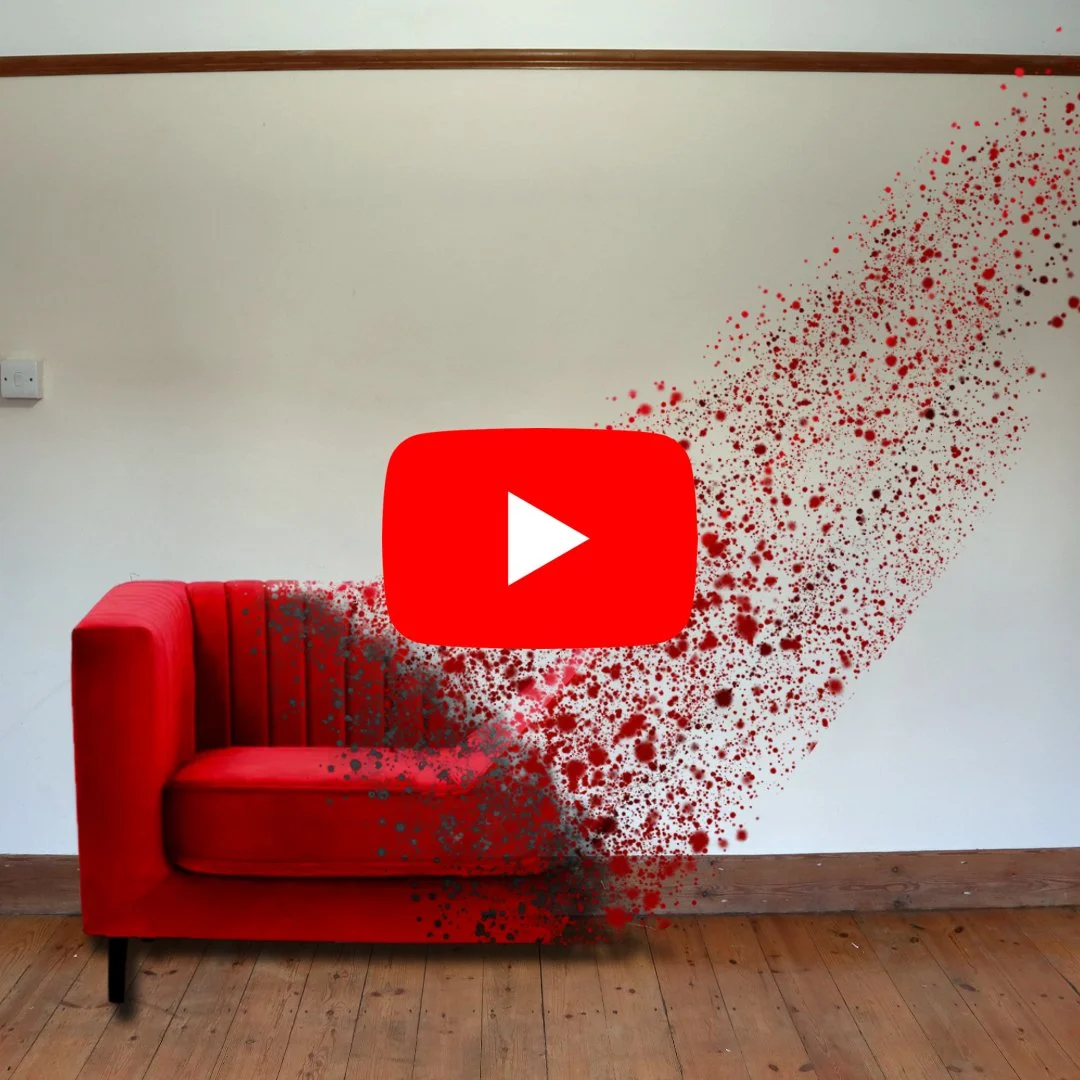Perception of Centre
Stand still. Absolutely still. Oh wait, you can’t.
Pressure mapping has confirmed that we are never 100% still when we’re standing up; there’s a wobble here, a wobble there, constantly readjusting minutely and imperceptibly. Our centre of mass moves one way and then our soft tissues correct it by bringing us back towards the midline so we don’t fall over and can concentrate on other things during the day.
A lot of the time people try to correct their posture by standing up straight, pulling their shoulders back or puffing their chest out. Even with the greatest of intentions, you’re going to struggle to keep this up all day when you’ve got other things on your mind and you’ll find yourself defaulting back to your normal posture pretty quickly.
Postural faults are not only static, but dynamic which means that, whether stationary or in motion, the position of one joint directly impacts the joint position above and below. Posture also dictates muscle function throughout the entire body, so if one joint is compromised, it has a knock-on effect above and below the chain; like a car with dodgy shock absorbers, something’s got to give.
Posture is the foundation on which we build movement skills
What can happen if we’re not centered?
Stress on ligaments, increasing the chance of injury
Ability to control body weight effectively is compromised
Muscle strain through overuse and inefficiency
More energy expended to maintain posture and movement
Abnormal wearing of joint surfaces - increasing the chance of arthritis and joint pain
The ability to produce force and support joint position is compromised
Gastrointestinal issues - movement of your intestines is restricted
Headaches and jaw clenching
Diminished lung function and capacity to breathe, reducing oxygen intake
Proprioception is defined as the perception or awareness of the position and movement of the body in space and is mediated by mechanically-sensitive proprioceptor neurons distributed throughout your body.
Being centred is more than just moving the bones into another place; it involves many systems including the ears, eyes, brain, spinal cord, heart and muscles colluding to keep you where they think is best for you, even if your shoulder is dropped and your hip is hiked.
Our mind is shaped by our experiences and our experiences are formed by our senses. Proprioception, therefore, is essential for learning or recovering control of movement and is one of the reasons why people who’ve suffered a stoke and sensory loss find rehabilitation particularly challenging. It often leads to inaccurate movement which can make them more vulnerable to injury as motor control relies on proprioception for the final adjustment, refinement and synchronization of complex movement and is especially crucial when movement becomes chaotic and unintended, eg tripping on a kerb.
Perceived centre dictates movement posture, pain and potential
In Anatomy in Motion, centre refers to the place where tension is distributed equally throughout all three planes of motion, meaning nothing is over or under-working. It’s often referred to as the mythical ‘neutral’, a place we’re all working hard to get to and never quite arriving at. However, the benefit isn’t from staying in neutral (because that would mean we never move), but from passing through it as a mid-point between as our journey from maximum contraction to maximum length.
The body needs an accurate perception of the end ranges of movement of all the joints in all three planes in order to perceive true centre. Stretching a muscle in one plane doesn’t give much context or enough feedback for the information to be functionally; perception of something doesn’t necessarily mean it is correct.
Range of motion and, by extension, posture is governed by the central nervous system which works on its own assumptions and perceptions based on risk assessments from previous injuries, impacts and history. Sometimes it applies a neurological handbrake when it perceives it is too unsafe to move, leading to restriction and postural problems. By giving the body an experience of muscles fully shortening and lengthening with integrated whole body movement, this can help the body understand where true centre is and postural correction will be a happy by-product.
For those ready to do the work, I look forward to connecting over a session.
- F












What are the most common misconceptions about furniture free? Well these are my top three!